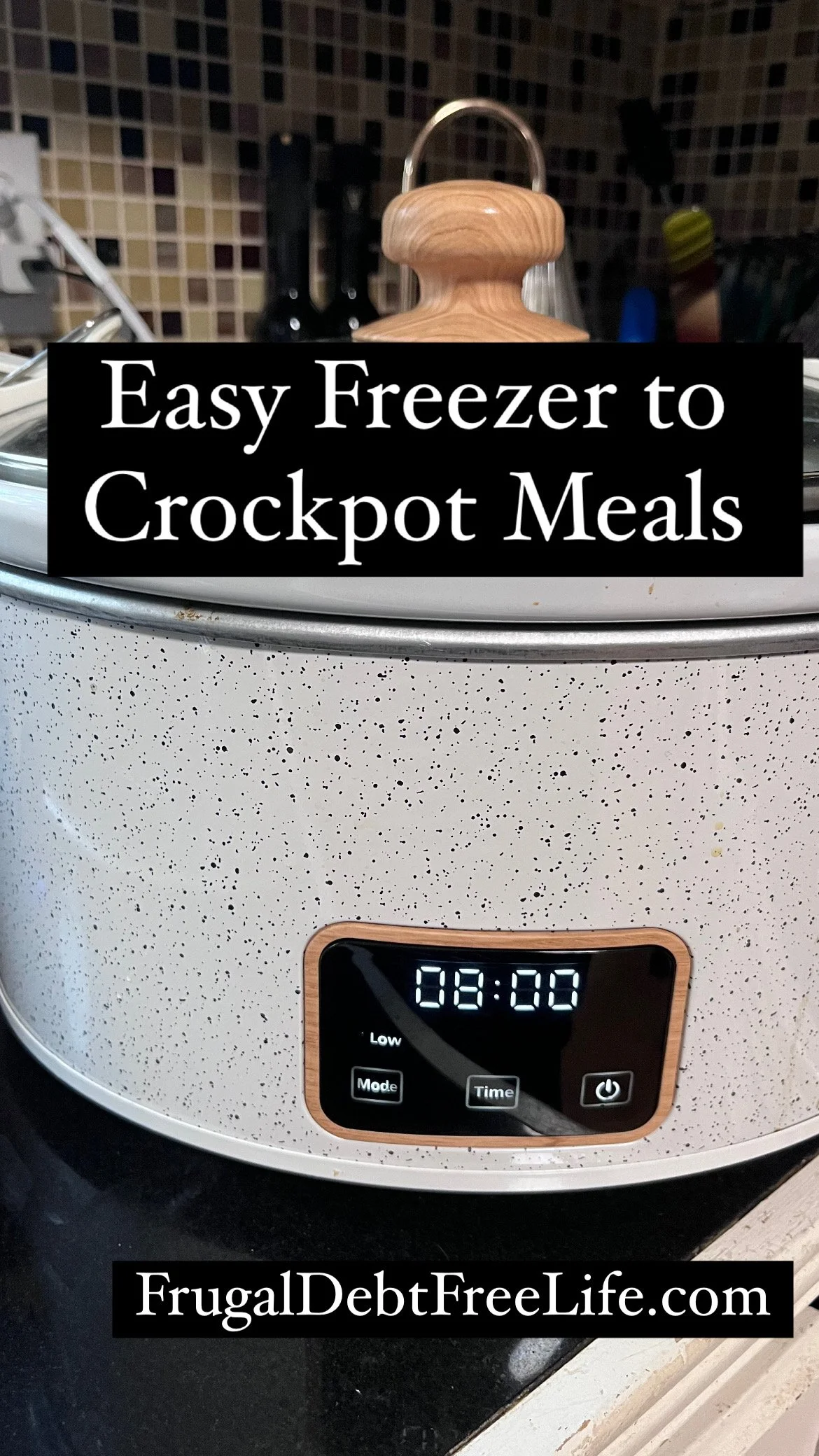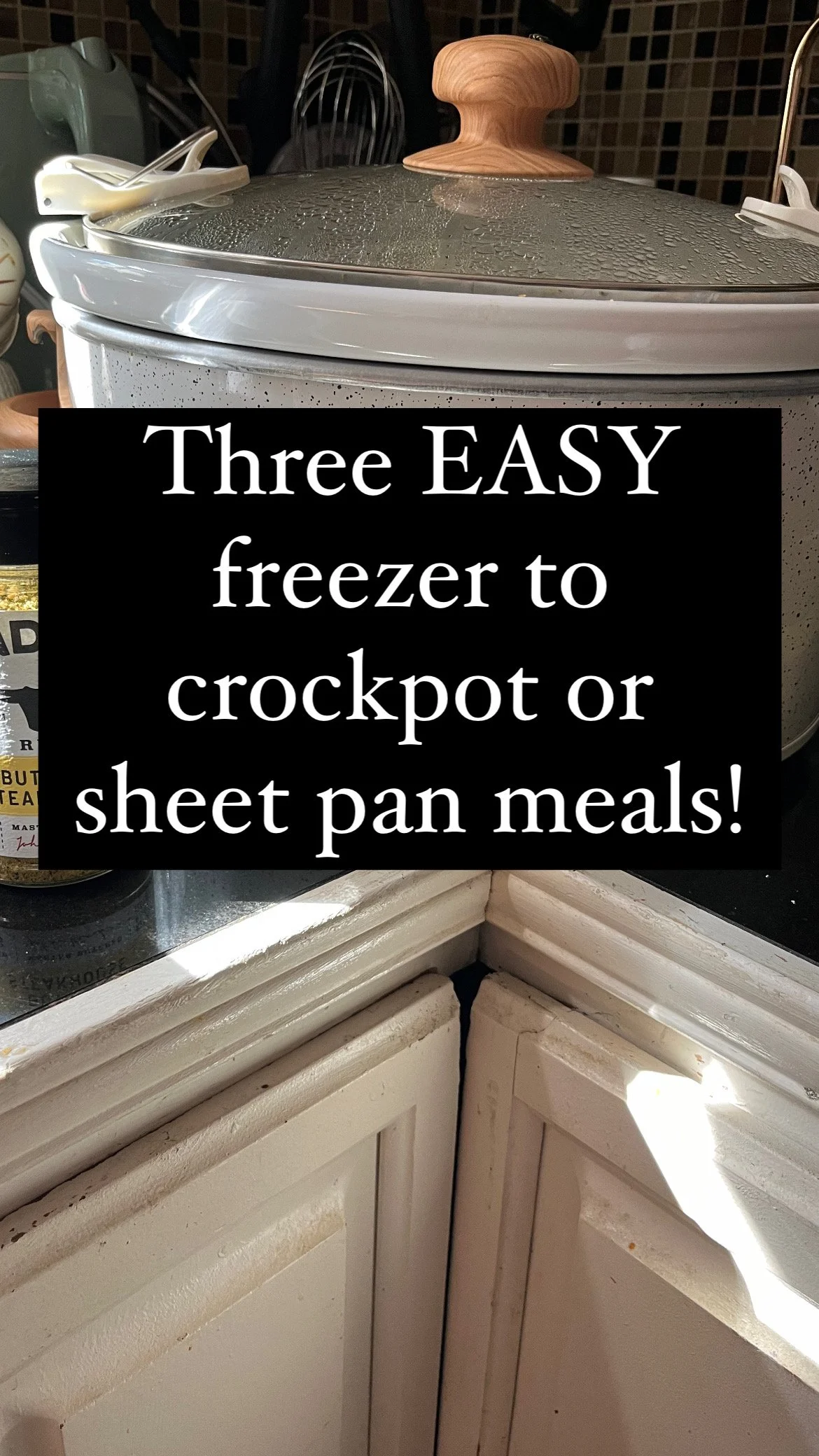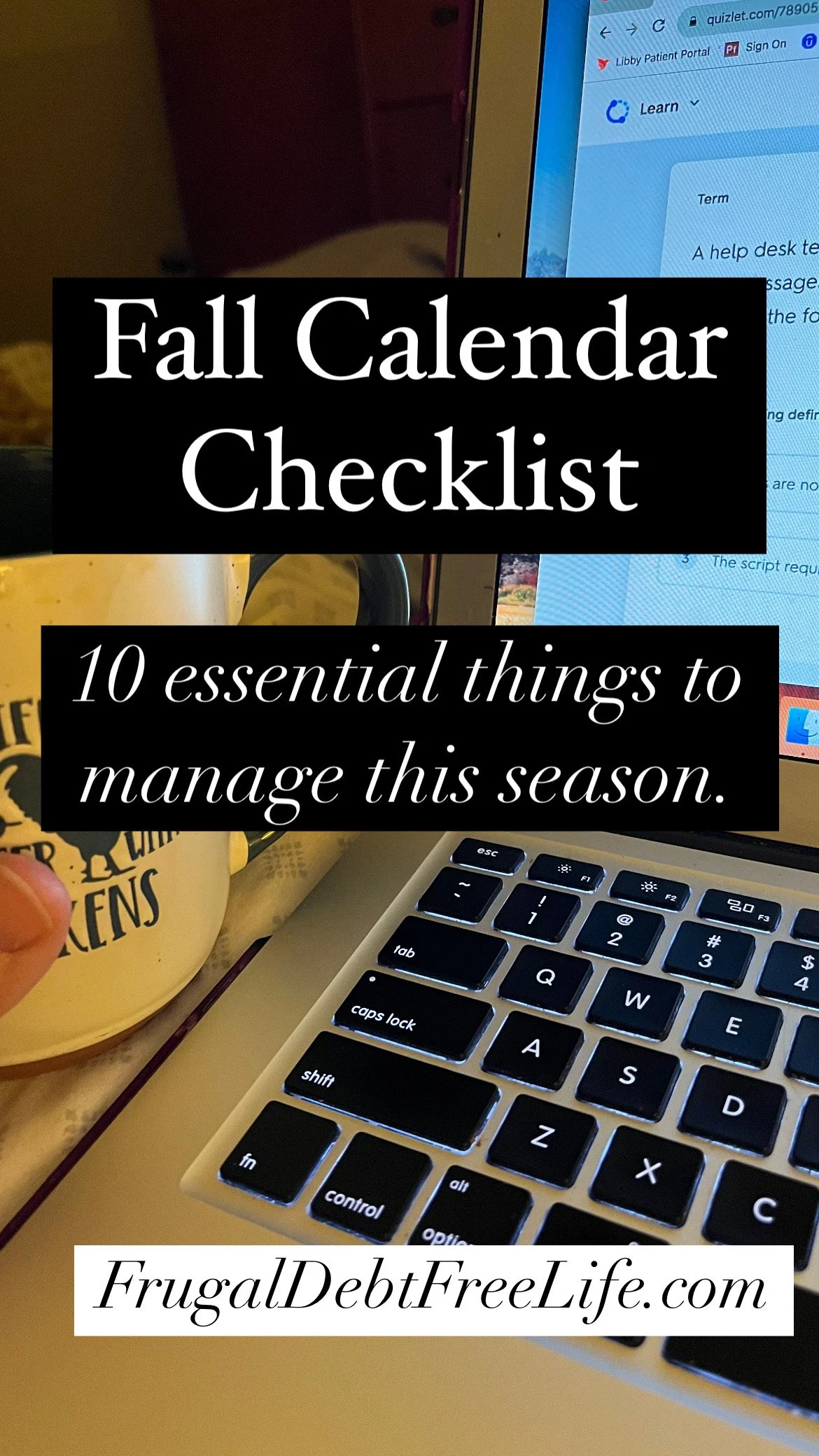Five ways to save money on groceries: Feeding a family on a budget
/The thing that I hear from a lot of readers is that you really want to get your grocery budgets under control but you don't know where to start. So today, I thought I would give you 5 tips that might help you.
1. Utilize some sort of grocery pickup service.
Now this is not sponsored in any way, shape or form, but I am loving the Walmart grocery pickup. It is free. You do not pay any sort of fee.
I like it for a number of reasons. I think that it saves me money because:
a. I can see how much I'm spending before I actually check out, so I know how much my groceries are going to be. I can adjust accordingly so I don't go over budget.
b. It gives me a visual of my meal plan, so I'm grocery shopping and meal planning at the same time. I never grocery shop without a meal plan. It gives me a good visual picture of my meal plan for the week.
c. It stops me from impulse spending because I'm just buying what I need, getting my groceries and driving home. I'm not even going in the store. So I'm not walking past the cute baby items and the lipsticks and all the shiny pretty things that my inner raccoon loves. I'm just getting my groceries.
2. Only shop once a week.
Only go to the grocery store one time a week. How many of you have had this scenario? You forget something really basic, like pasta sauce, and then you run to the grocery store and walk out with $47 worth of stuff. Stop doing that.
I don't care what the reasoning is. Stop going to the grocery store in the middle of the week or outside of your normal grocery visit. See if you can make do without it.
If it's not an emergency, do not set foot in the grocery store outside of your once a week visit.
3. Understand your sale cycle.
Sale cycles run in 6-week increments. Meaning, every 6 weeks, those staples that you need -- like rice and yoghurt and frozen vegetables and whatever it is your family consumes a lot of -- they're going to be on sale every 6 weeks.
Buy them when they're at their lowest, stock up, buy them again when they're at their lowest, stock up. That way you're not buying the same thing week after week and paying fluctuating prices. Instead, learn what that sale cycle is and buy them when they're at their cheapest.
4. Understand the loss leaders.
Get to know your sales flier. When you look at the sales flier, the loss leaders -- meaning, the things that the grocery store is putting at such a discount they're not making much of a profit -- those are at the front of the flier and the back of the flier.
Those usually come from the cost section of the grocery store, meaning, produce, meat, dairy and bakery. That's the outside section of the grocery store -- not the middle where they keep processed foods. It's just the outside cooler cases in the grocery store. Those are where your loss leaders are going to be.
So look at your sales flier -- whether it's the physical sales flier that comes in your mail, the one that's in front of the grocery store, or maybe you can find it online -- and see when those items are on sale. And meal plan accordingly.
5. Prep your produce as soon as you get home.
Now this won't actually save you money at the store. But it will save you money, and it prevents waste, and you're actually using your food.
When you get home, wash your produce, peel it, chop it, core it -- whatever it is you do to that particular piece of produce. Store it in airtight glass containers. I prefer the Pyrex containers. You can put them in the dishwasher, the microwave and the oven. You can cook in them. They're really great containers. My husband takes his lunch and breakfast in them everyday. They really stand the test of time.
Prepping your produce in advance is convenient and cost-effective because when it comes time to cook, everything is pre-chopped and ready to go. (In fact, I made a whole video about it.) Also, it helps you reduce the amount of food that you're wasting. So have it ready to go.
























